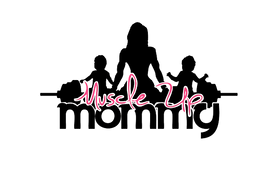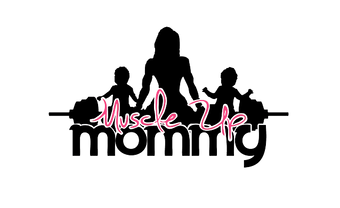White On Babies Tongue: Thrush or Milk? How To Know.

 In this article:
In this article:What Is Thrush?
Thrush is considered to be a oral yeast infection caused by Candida albicans, a fungus that is naturally present in the mouth and gut.
Thrush creates a thick-like white coating that appears on areas such as tongue, inner cheeks, roof of mouth and inner lips.
Milk Residue
Milk residue naturally occurs after each feeding but the build up on the tongue can be easily wiped away and will decrease as your baby begins eating more solids.
After each feeding, take a warm cloth and gently wipe the inside of babies mouth and tongue, removing any access milk. This will reduce build up and minimize the risk of developing oral thrush.
What Causes Thrush?
Thrush most commonly occurs within the first month of an infants life and can happen up to 9 months.
A babies mouth is dark, warm and moist, which is where most fungi and bacteria like to grow and because babies immune system is still developing, this area is the perfect breeding ground for fungus to grow.
Babies that are born vaginally and via C-section are equally as likely to develop thrush.
What Are The Symptoms?
Symptoms of oral thrush can be identified when you see a creamy, white barrier in the mouth with slightly raised bumps that appear yellowish in color.
Other symptoms include:
- Cracks in the corners of babies mouth
- Irritability and discomfort when baby is trying to feed
- Discomfort swallowing and sucking, though not always
You can tell if it's thrush or just milk residue by taking a wet cloth and wiping babies tongue and around in their mouth. Thrush cannot be easily scraped or wiped away, while milk can.
 How To Treat Thrush?
How To Treat Thrush?
Thrush can be treated in a number of different ways based on the severity or mildness of it.
Mild cases of thrush tend to go away on its own within a week or two without any treatment, while more moderate cases are generally treated with antifungal medication prescribed by a healthcare provider and can be applied directly to the white patches as often as its recommended on the prescription (Rx).
Keep in mind that while baby is experiencing oral thrush, sucking can be particularly uncomfortable so if he or she is having trouble feeding, try limiting feed times to 20-30 minutes and limit the use of a pacifier.
If baby is showing signs of not eating well, is irregularly fussy, or develops a fever, contact your healthcare provider.
How To Prevent Thrush?
Thrush is highly contagious and can be passed back and forth between mom and baby for breastfed babies. It can be prevented by:
- Wiping breasts and nipples with warm rag before and after feedings and making sure nipples are completely clean and free from milk residue.
- Change nursing pads often to avoid spoiled/soaked in milk from pressing against your nipples for long periods of time that could cause yeast.
- Be sure to sterilize bottle nipples often to remove any milk residue or bacteria.
- Similarly, sterilize pacifiers and teething toys to avoid the spread of bacteria.
Other ways to reduce the risk of passing thrush back and forth from baby to mom is by pumping and allowing time for both baby and mom to heal from signs of thrush.
If you notice your nipples are bright red or pink in color, painful and feel cracked, chances are you are your baby are passing thrush back and forth. You may want to consider calling your healthcare provider for treatment options. 
Muscle Up Mommy® Wearable Breast Pump J35
The hands-free Wearable Breast Pump J35 makes pumping so much easier. The sleek design fits right into your nursing bra for a discreet and convenient pump anywhere you are. Simply pump and pour into a bottle and reduce the passing of thrush symptoms back and forth while your nipples heal from any redness, sensitivity, cracking, and bacteria.







Leave a comment